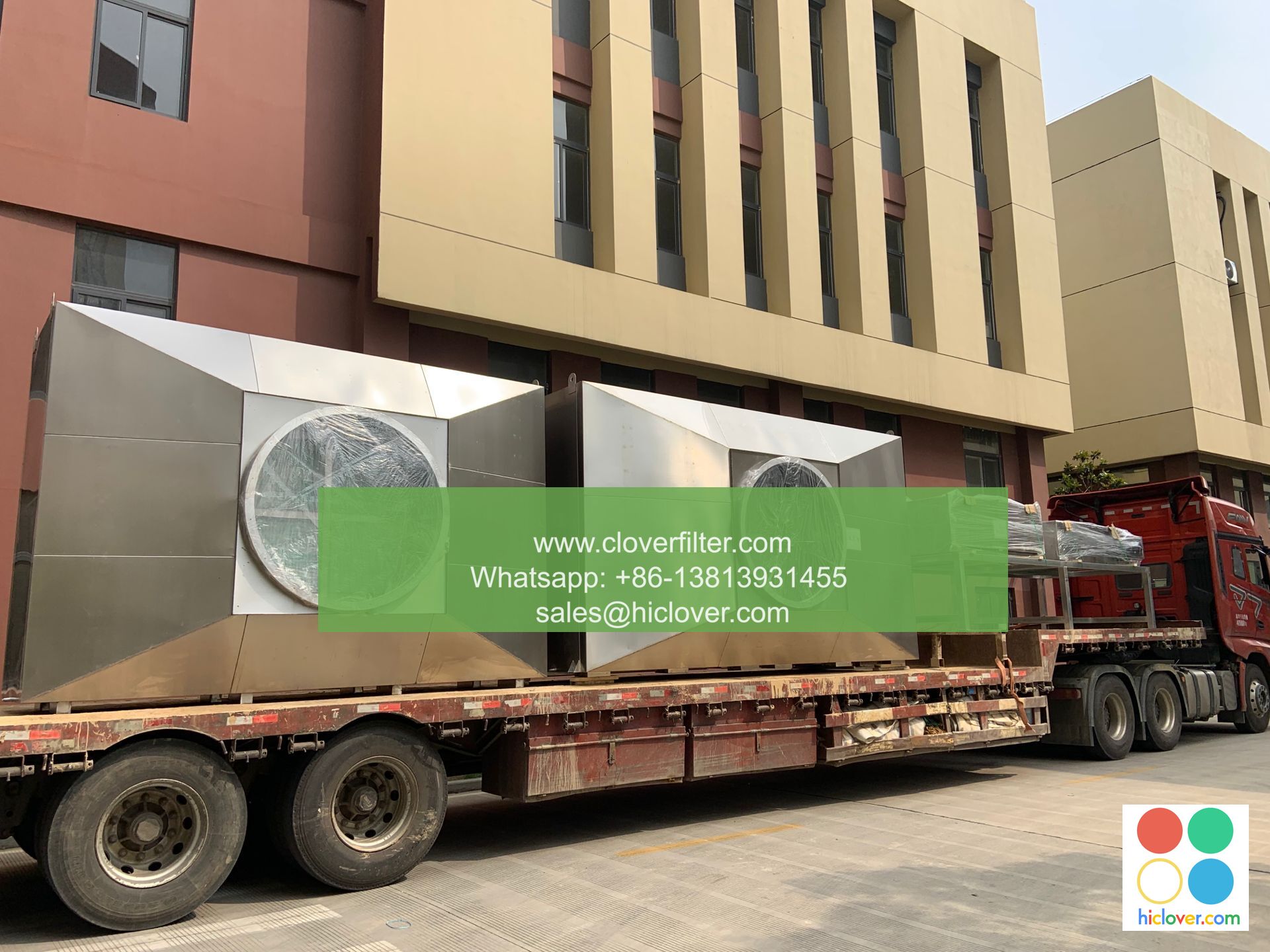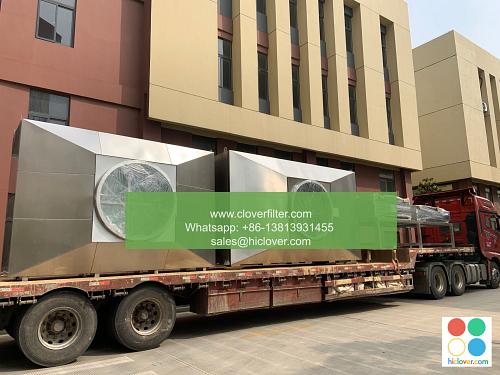Cleanroom Air Filtration: Best Practices for Filter Selection and Maintenance at UC Berkeley

Cleanrooms are controlled environments that require precise air filtration to minimize contamination and ensure the quality of research, experiments, and manufacturing processes. At the University of California, Berkeley (UC Berkeley), cleanrooms play a crucial role in various research and development activities, including nanotechnology, biotechnology, and pharmaceutical development. In this article, we will discuss the best practices for cleanroom air filtration, filter selection, and maintenance at UC Berkeley, highlighting various application areas and industry trends.
Introduction to Cleanroom Air Filtration
Cleanroom air filtration is a critical component of maintaining a contamination-free environment. The primary goal of cleanroom air filtration is to remove airborne particles, aerosols, and microorganisms that can compromise the integrity of research, experiments, and manufacturing processes. UC Berkeley’s cleanrooms are equipped with advanced air filtration systems that utilize HEPA filters (High Efficiency Particulate Air) and ULPA filters (Ultra Low Penetration Air) to achieve optimal air quality.
Best Practices for Filter Selection
Selecting the right filter for cleanroom air filtration is essential to ensure optimal performance and minimize contamination risks. The following are some best practices for filter selection:
* Filter efficiency: Choose filters with high efficiency ratings, such as HEPA filters (99.97% efficient at 0.3 μm) or ULPA filters (99.999% efficient at 0.12 μm).
* Filter type: Select filters that are designed for specific applications, such as chemical filters for removing volatile organic compounds (VOCs) or biological filters for removing microorganisms.
* Filter size and configuration: Ensure that filters are properly sized and configured to meet the specific needs of the cleanroom.
Maintenance and Testing of Cleanroom Air Filtration Systems
Regular maintenance and testing of cleanroom air filtration systems are crucial to ensure optimal performance and extend filter life. The following are some best practices for maintenance and testing:
* Filter replacement: Replace filters regularly, according to the manufacturer’s recommendations or based on differential pressure readings.
* Filter testing: Perform regular filter integrity tests to ensure that filters are functioning properly.
* Cleanroom monitoring: Continuously monitor the cleanroom environment for temperature, humidity, and airflow to ensure that conditions are within specified limits.
Application Areas and Industry Trends
Cleanroom air filtration has numerous applications in various industries, including:
* Nanotechnology: Cleanrooms are used to manufacture nano materials and nano devices that require precise control of air quality.
* Biotechnology: Cleanrooms are used to develop and manufacture biopharmaceuticals and biomedical devices that require sterile environments.
* Pharmaceutical: Cleanrooms are used to manufacture pharmaceuticals and medical devices that require high-quality air filtration.
In terms of industry trends, there is a growing demand for energy-efficient and sustainable cleanroom air filtration systems that minimize energy consumption and environmental impact. Additionally, the use of IoT sensors and data analytics is becoming increasingly popular in cleanroom air filtration to optimize system performance and predict maintenance needs.
Conclusion
In conclusion, cleanroom air filtration is a critical component of maintaining a contamination-free environment at UC Berkeley. By following best practices for filter selection and maintenance, researchers and manufacturers can ensure optimal air quality and minimize contamination risks. As the demand for cleanroom air filtration continues to grow, it is essential to stay up-to-date with the latest industry trends and technologies to ensure that cleanrooms remain a vital component of research and development activities.

